COP27: In Ethiopia, climate callouts put women a step ahead of looming crises
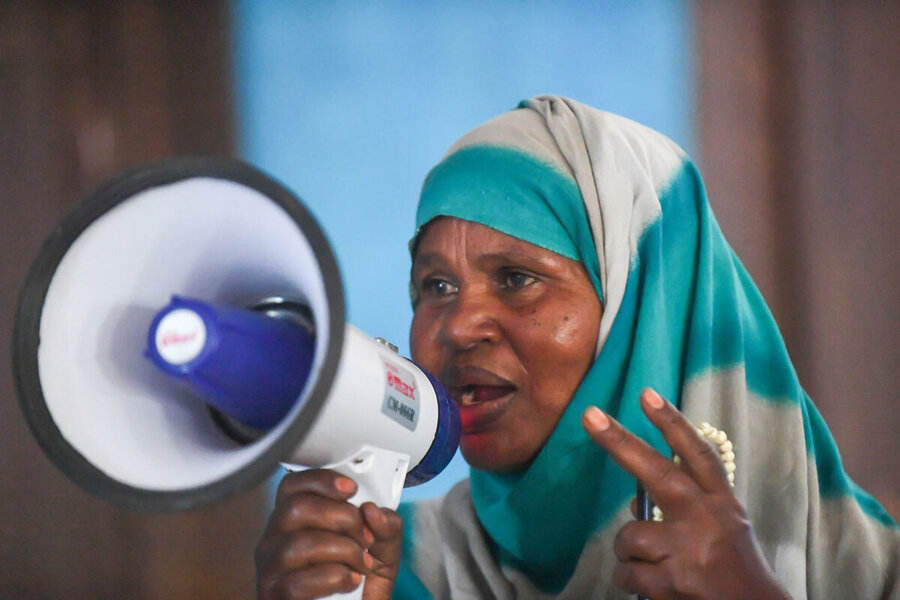
“I’m almost 50 years old and never have I seen such hunger in this town,” says Duniya, from Danan town, in Ethiopia’s Somali region – an area firmly in the grip of the Horn of Africa drought. “We are pastoralists, dependent on livestock. Over 20 of my cows have died due to this drought – you can see their carcasses scattered around.”
Duniya pauses and looks up at the parched, thatched dome roof of her home and asks: “How can we overcome this, how do we ever get over such need and hunger?”
The humanitarian answer is surely to secure protection for Duniya and her family before a climate shock, such as Ethiopia’s worst drought in four decades, even strikes.
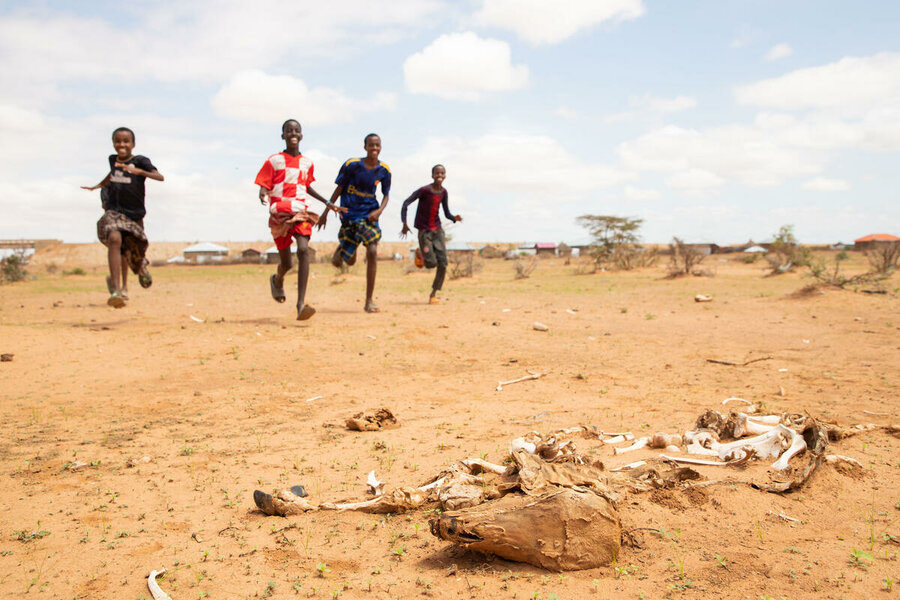
The World Food Programme (WFP) uses the latest technology to spot warning signs and trigger responses. This allows it to respond through approaches including providing cash transfers for those most in need.
The past four rainy seasons have failed in Ethiopia and the fifth is performing well below average. Over 24 million people, almost a quarter of the population, are projected to be affected by drought. At least 9.9 million of these need emergency food assistance.
In Somali region, WFP is intervening before the next crisis hits to protect the livelihoods of people such as Duniya, her eight grown-up children and six grandchildren. This is in addition to saving lives, through its ongoing support to 2.8 million people with food,
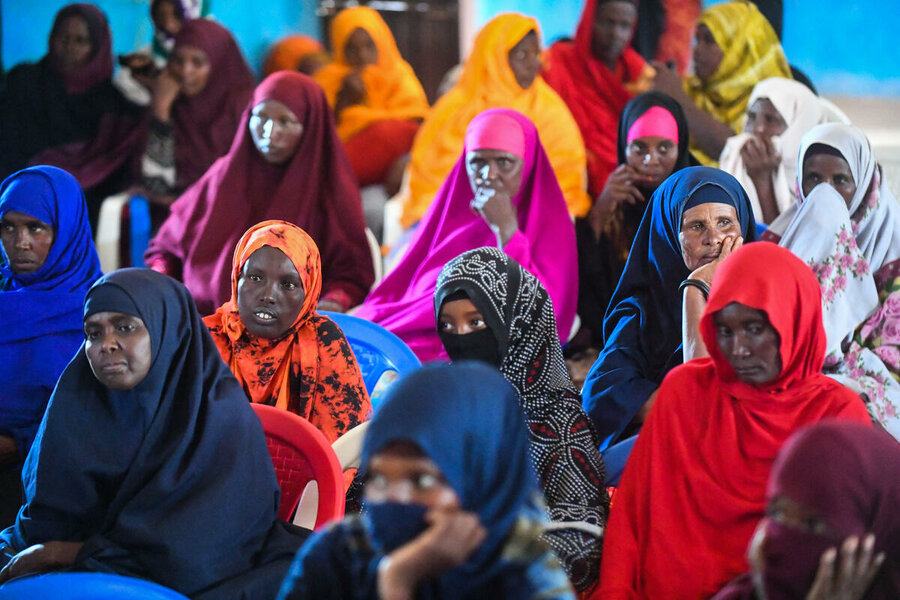
Milgo, a mother of five from Burkoyar village – used to survive on what little she could make from selling samosas at the market. “I used to cook once or twice a day for my children,” she says. “We couldn’t grow anything and I only have one bull and a few goats remaining – the rest have died due to lack of pasture.”
Milgo received 14,100 Ethiopian birr from WFP (US$268), which will cover her family’s most pressing needs during the next three months. “We can buy food, medicine and clothes for our children. I can now afford to buy animal feed for our remaining livestock,” she says, after redeeming her digital cash transfer using her mobile phone.
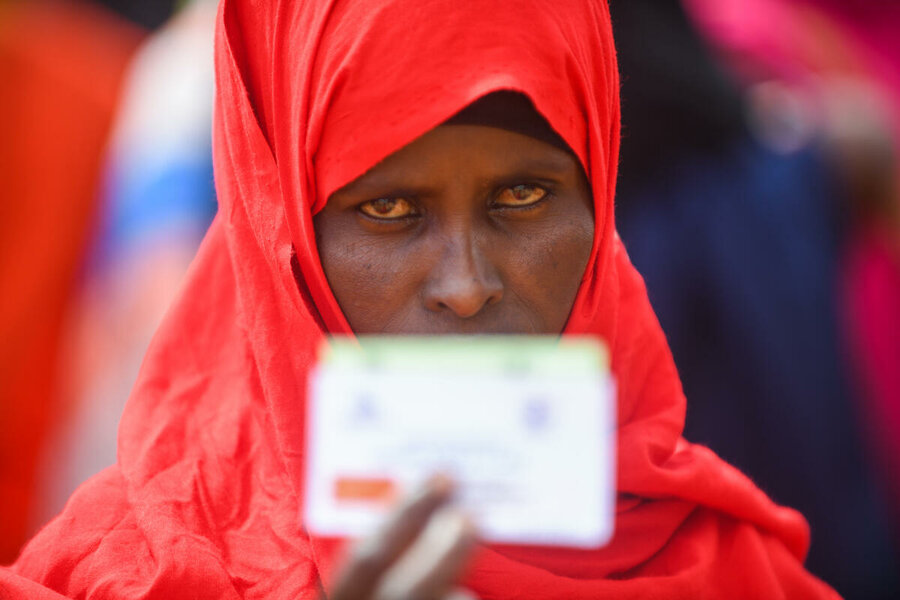
She walks through dusty streets to the nearest market and buys tomatoes, onions, potatoes and rice to cook for her children’s lunch. “This WFP cash assistance will help a lot and I now know we will survive the next three months. Not only has WFP saved lives but also saved our livelihoods,” says Milgo.
After hearing the ‘early warning’ messages passed on during a community meeting as part of the programme, Milgo prepared her land and planted sorghum – a crop which requires less water to grow.
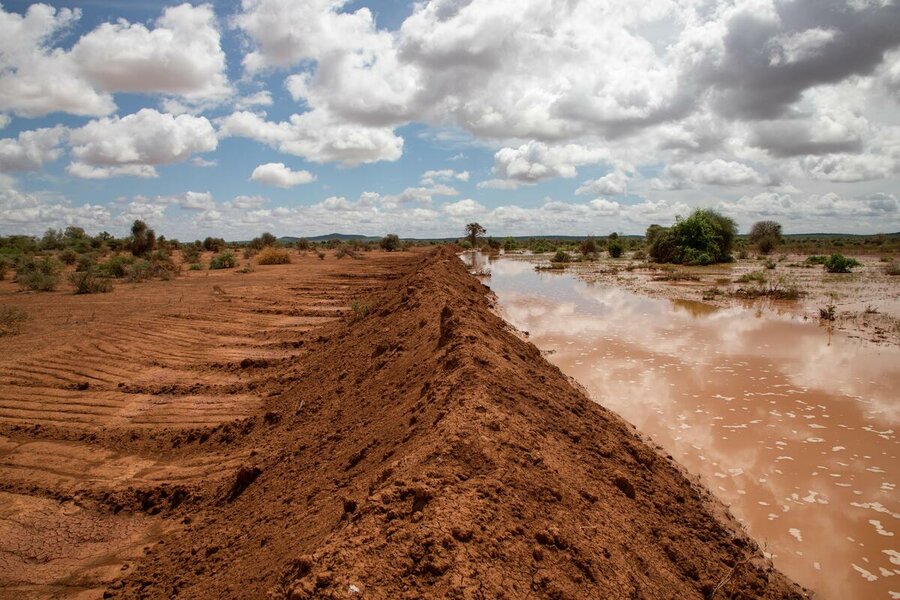
“I always wanted to sit down at home since I am old. But now I’ve cultivated my land, fenced the farm to protect my animals,” she says. “I now know we can’t wait. If we do not get any rains a lot of people will die from hunger as we are all dependent on rainfall. We have to take early action.”
The communities of both women were also advised on how to harvest and manage water wisely in the face of the current drought.
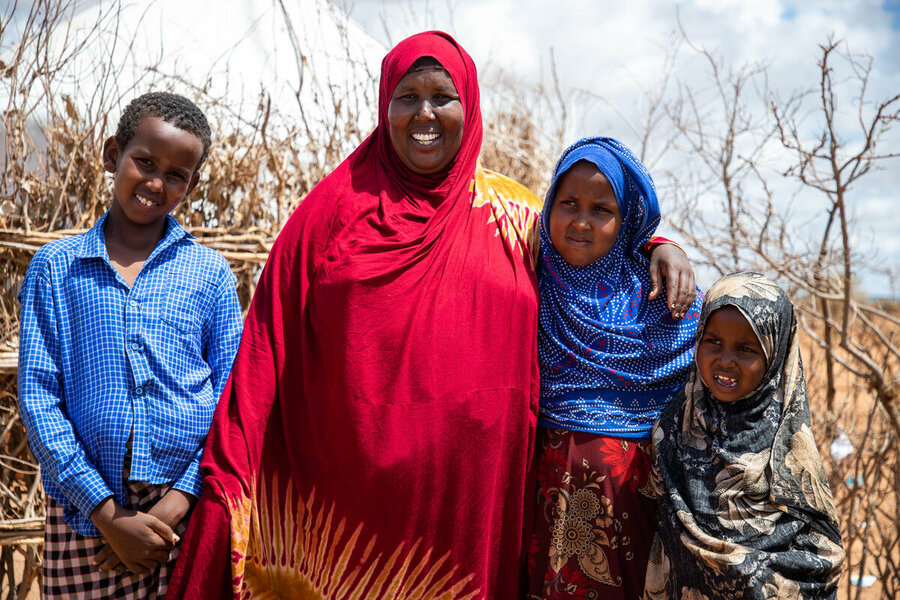
“We want to change lives with the rangelands projects invested in by WFP and we’re also hoping to plant in our own rainfed farming plots,” says Milgo.
The communities that WFP supports know that taking early action will buy them time to plan for the possibility of intensified droughts down the line.
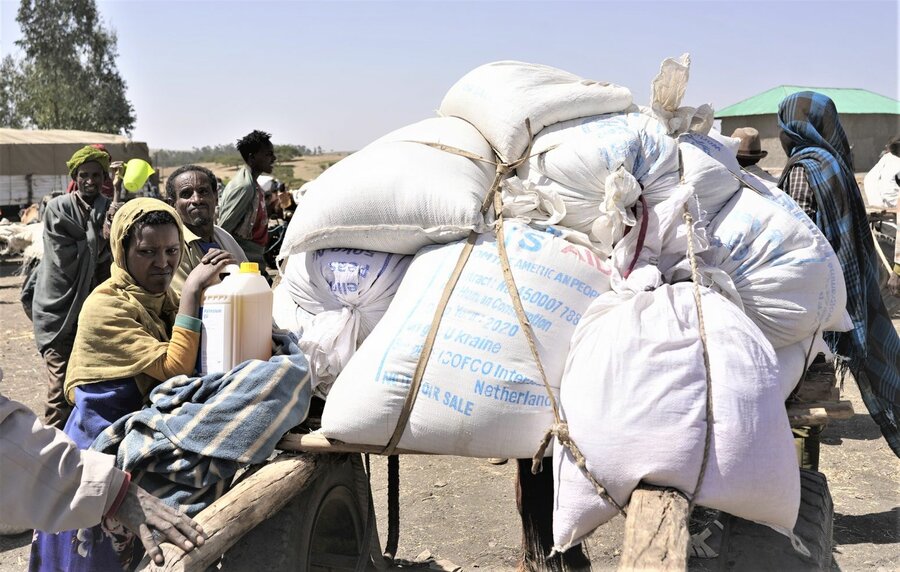
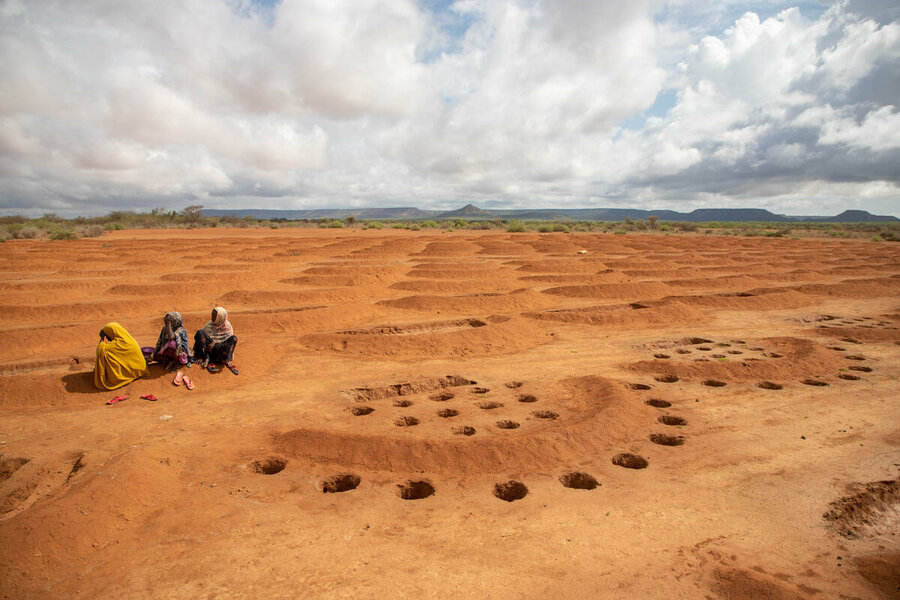
“We can get over this if we work, cultivate and produce our own food that we eat by our own hands,” says Duniya. “We can make it if we cooperate, bring new ideas and support each other. If we do so and food prices decrease, everything will be OK, and we will get out of the drought.”
People are coming to the end of a delayed and poor rainy season in Ethiopia, and they are worried. The current meagre level of pasture will not see livestock through until the next rainy season due in March.
“We still worry about the changing climate, and we worry that there will be a repeat poor performance of the coming rains,” says Milgo. “I had a lot of livestock and now few are left due to the drought. These worries remain in our hearts.”
Thanks to financial support from Denmark (DANIDA) and Ireland, WFP is scaling up anticipatory actions for food security in Ethiopia. With more funding from other international donors, WFP could be reaching many more people in Ethiopia with anticipatory actions that reduce humanitarian response needs and costs, and that mitigate the effects on lives and livelihoods.
In the Somali region, WFP operates the following three anticipatory actions: 1. Early warning – alerted 137,000 people to forecast drought, with tips for reducing impact on land, livestock; 2. Cash transfers – we help 25,000 people with digital cash or hard currency. With many households headed by women, it's a great form of empowerment; 3. Building embankments, canals and soil bunds are among rehabilitation activities that will support 45,000 people in Somali region and increase fodder production for their animals.
